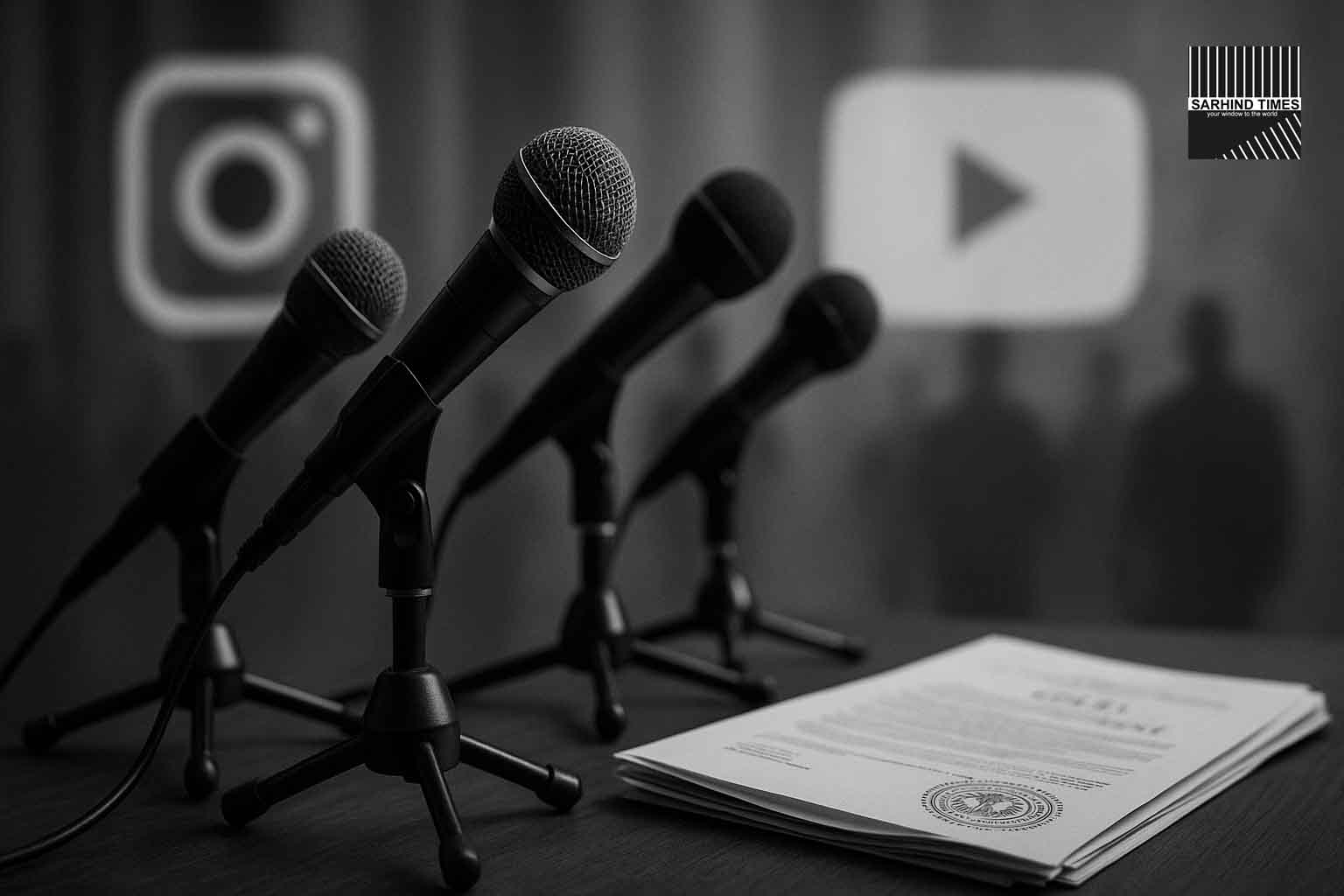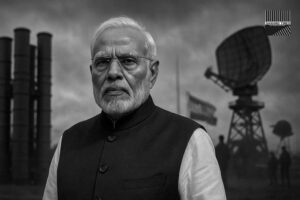A Sudden Sweep of Takedowns
India’s Ministry of Information & Broadcasting (I&B) has issued fresh takedown notices to online publishers, YouTubers, and social media creators following a Delhi court directive concerning Adani-related content. The move has triggered sharp debates on censorship, judicial oversight, and the future of free expression in India’s digital-first news ecosystem.
The notices reportedly span over 100 YouTube videos and dozens of Instagram posts, targeting both independent voices and institutional outlets. For many, this represents not just a legal compliance exercise but a litmus test of how India balances defamation laws, business sensitivities, and democratic freedoms.
2. Background: The Court Order
The Delhi High Court’s interim ruling, delivered earlier this week, asked authorities to ensure potentially defamatory content regarding Adani Group was removed until the matter was fully adjudicated. Courts have long acted on urgent petitions where reputations or commercial interests are claimed to be at stake.
But unlike older times—when notices went to TV broadcasters or print outlets—today’s orders cover an ecosystem of micro-creators, digital publishers, and viral platforms. This dramatically broadens both the scope and impact of judicial directives.
3. The Ministry’s Role and Implementation
The I&B Ministry is now the operational arm executing such orders. It liaises with major platforms—YouTube, Meta (Instagram/Facebook), and even smaller portals—to ensure compliance.
Government officials argue they are bound to implement court rulings swiftly, and failure to do so risks contempt proceedings. In practice, this means rapid platform-level scrubs before publishers can mount appeals or counter-challenges.
4. Voices of Concern: Free Speech Advocates
Civil society groups and digital rights organizations quickly raised red flags. They argue that interim gag orders often become de facto censorship—silencing debate before courts have fully heard evidence.
Advocates stress three concerns:
- Transparency: Platforms rarely disclose how many links are removed or why.
- Due Process: Creators have little chance to respond before content disappears.
- Precedent: Frequent takedowns could embolden powerful interests to weaponize courts against scrutiny.
The Internet Freedom Foundation (IFF) and other groups have repeatedly warned against “prior restraint” practices that curtail democratic discourse.
5. Supporters’ View: Protecting Reputation and Preventing Misinformation
On the other side, supporters argue the takedowns are necessary safeguards against the wildfire spread of misinformation. In an era when viral content can damage reputations overnight, they say court-backed removal orders prevent irreversible harm.
Adani Group, one of India’s most scrutinized conglomerates, has faced global spotlight after short-seller reports and political controversies. Its defenders insist that unverified, defamatory claims can distort markets, mislead investors, and polarize public opinion.
6. Platforms Caught in the Middle
For platforms like YouTube and Instagram, such notices pose a recurring dilemma. They must navigate:
- Legal Compliance: Courts and ministries expect immediate action.
- Global Policies: Companies commit to free-expression principles internationally.
- User Trust: Creators fear arbitrary removals without explanation.
Increasingly, platforms adopt a “comply first, clarify later” model—removing content quickly to avoid penalties, then leaving affected parties to seek redress separately.
7. The Bigger Debate: Interim Orders and Democracy
This episode revives a long-standing debate: should interim judicial orders—granted before evidence is fully tested—trigger mass takedowns?
Critics argue that interim injunctions should be narrowly scoped and time-bound. Otherwise, they risk chilling investigative journalism and watchdog reporting. Proponents counter that waiting for a final verdict could allow irreparable harm in the meantime.
This tension between speed of relief and depth of justice is increasingly visible as courts adapt to the digital age.
8. Impact on Digital Media Ecosystem
For digital publishers, the risks are tangible:
- Financial Strain: Takedowns slash ad revenue and disrupt audiences.
- Credibility Questions: Readers may assume removal signals guilt.
- Legal Burden: Fighting injunctions demands expensive legal resources.
Smaller creators—who often operate on shoestring budgets—are particularly vulnerable. Many simply cannot afford to contest takedown orders in high courts.
For audiences, the chilling effect may mean fewer bold investigations, more cautious commentary, and an overall narrowing of the information sphere.
9. Conclusion: A Test for India’s Digital Democracy
The Centre’s takedown orders highlight the new battleground where law, business, and technology intersect. The Adani case is not the first, nor will it be the last, to force India to rethink how it balances free expression with judicial restraint.
As India positions itself as the world’s largest democracy and a rising digital powerhouse, its approach to such issues will set global precedents. The real question is whether future frameworks can ensure accountability without silencing critical voices.
#Adani #DelhiHighCourt #IandB #DigitalMedia #CensorshipDebate #FreeSpeech #IndiaNews #MediaFreedom
























+ There are no comments
Add yours